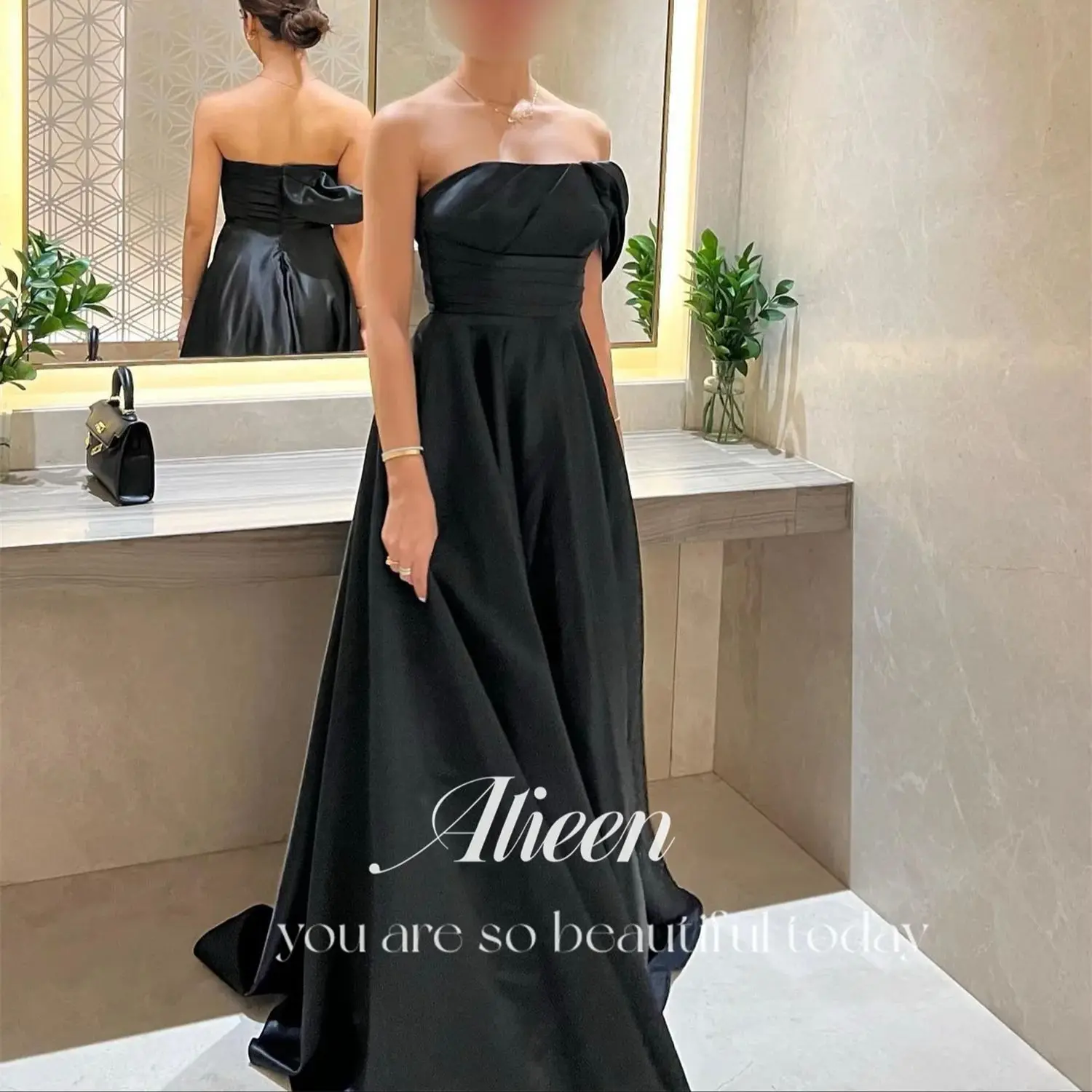
EDECPBM Customized Prom Dress Special Occasion Dress Summer Dresses Woman Floral Fabric Evening Dresses 15 quinceanera dress
Price: USD 91.00 - USD 182.00Category: Special Occasion Dresses
Shop now and enjoy exclusive discounts! EDECPBM Customized Prom Dress Special Occasion Dress Summer Dresses Woman Floral Fabric Evening Dresses 15 quinceanera dress. Experience the quality Special Occasion Dresses!

Suitable for Volkswagen Maitwei rain proof rearview mirror rain eyebrows Multivan T5 T6 Window visor
Price: USD 54.60 - USD 182.00Category: Exterior Accessories
Shop now and enjoy exclusive discounts! Suitable for Volkswagen Maitwei rain proof rearview mirror rain eyebrows Multivan T5 T6 Window visor. Experience the quality Exterior Accessories!

Creative Stretchable Flying Disc Bar Pendant Light Restaurant Colorful LED Modern Minimalist Ceiling Lighting
Price: USD 163.80 - USD 182.00Category: Indoor Lighting
Shop now and enjoy exclusive discounts! Creative Stretchable Flying Disc Bar Pendant Light Restaurant Colorful LED Modern Minimalist Ceiling Lighting. Experience the quality Indoor Lighting!

Eleanuos New gel Polishing 30PCS Mixed Varnish Soaking Semi Permanent Solid Color UV Morandi Nail Salon Primer Finish Kit
Price: USD 121.94 - USD 182.00Category: Nail Art & Tools
Shop now and enjoy exclusive discounts! Eleanuos New gel Polishing 30PCS Mixed Varnish Soaking Semi Permanent Solid Color UV Morandi Nail Salon Primer Finish Kit. Experience the quality Nail Art & Tools!

Tangpzp Original Engine Control Module Ecu Is Available For The Buick Cadillac Chevrolet 12716048
Price: USD 163.80 - USD 182.00Category: Electrical Equipment
Shop now and enjoy exclusive discounts! Tangpzp Original Engine Control Module Ecu Is Available For The Buick Cadillac Chevrolet 12716048. Experience the quality Electrical Equipment!

Aileen Satin Off the Shoulders Black Chubby Elegant Party Dresses for Wedding Night Evening Woman Gala Prom Dress 2024 Saudi
Price: USD 91.00 - USD 182.00Category: Special Occasion Dresses
Shop now and enjoy exclusive discounts! Aileen Satin Off the Shoulders Black Chubby Elegant Party Dresses for Wedding Night Evening Woman Gala Prom Dress 2024 Saudi. Experience the quality Special Occasion Dresses!

Portable Pet Dryer Drying Box for Cats and Dogs Small Household Fully Disinfection and Sterilization Function
Price: USD 163.80 - USD 182.00Category: Pet Products
Shop now and enjoy exclusive discounts! Portable Pet Dryer Drying Box for Cats and Dogs Small Household Fully Disinfection and Sterilization Function. Experience the quality Pet Products!

Suitable for Mercedes Benz C-Class Standard Axle Travel Edition Rain and Rain Shield Benz C Class Window visor
Price: USD 54.60 - USD 182.00Category: Exterior Accessories
Shop now and enjoy exclusive discounts! Suitable for Mercedes Benz C-Class Standard Axle Travel Edition Rain and Rain Shield Benz C Class Window visor. Experience the quality Exterior Accessories!
